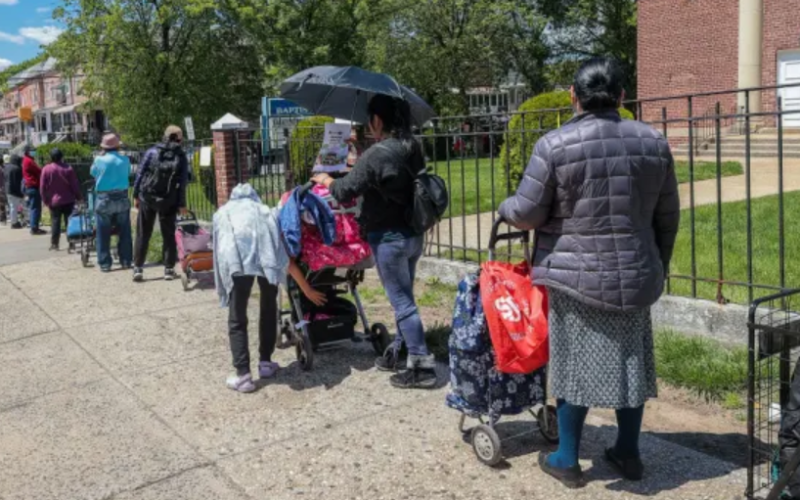A recently released report from the United States Department of Agriculture (USDA) has unveiled distressing findings, indicating that an additional ten million Americans are now residing in households grappling with food insecurity. This revelation sheds light on the worsening hunger crisis facing many across the nation.
Food insecurity, a pressing issue in the United States, has been exacerbated by a confluence of factors, including the economic ramifications of the COVID-19 pandemic and rising food prices. The latest USDA report underscores the gravity of the situation as it affects households in various regions.
The USDA’s findings reveal a significant increase in the number of Americans who lack reliable access to sufficient quantities of affordable, nutritious food. The impact of this alarming trend is felt not only by individuals but also by communities and society at large.
Efforts to address food insecurity have been a focal point for government agencies, charitable organizations, and community groups. Various programs, including food assistance initiatives, are essential in helping to mitigate the crisis. However, the scale of the problem highlighted in the USDA report suggests that a comprehensive and sustained approach is required.
Food insecurity has wide-ranging implications for public health, with individuals experiencing it more susceptible to various health issues. It also affects children’s ability to learn and succeed in school. The economic consequences of hunger are profound, leading to lost productivity and increased healthcare costs.
The data presented in the USDA report underscores the urgency of addressing the root causes of food insecurity, such as poverty and access to affordable, nutritious food. It also underscores the importance of ongoing efforts to strengthen social safety nets, promote employment opportunities, and provide support to those most vulnerable.
As the nation grapples with this alarming surge in food insecurity, the report serves as a call to action for policymakers, community leaders, and citizens. It highlights the need for a collective commitment to ensure that all Americans have access to sufficient and nutritious food, and that efforts to combat food insecurity are prioritized on local, state, and national levels.








